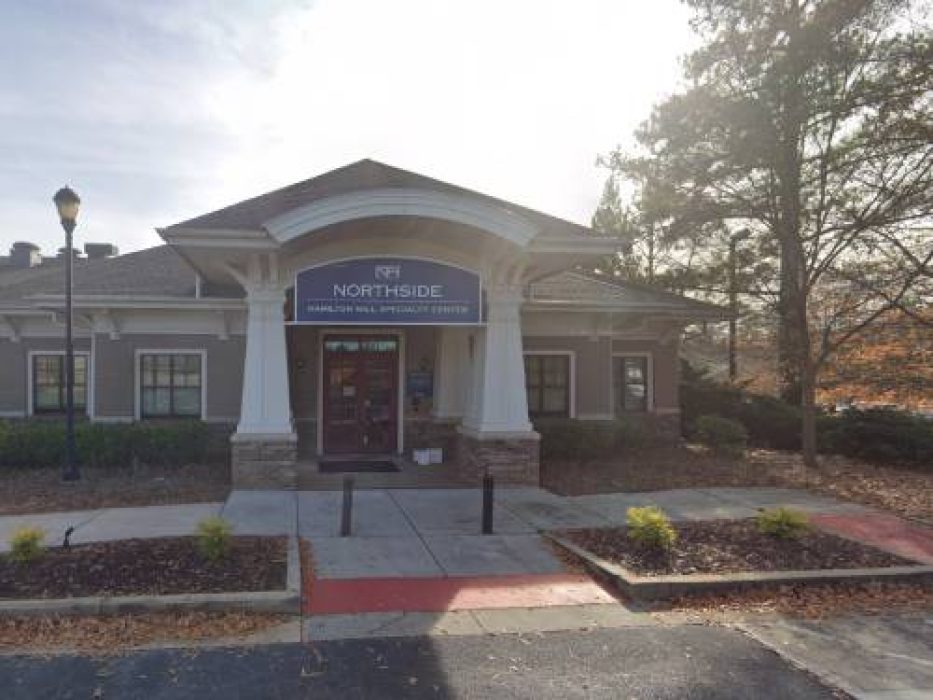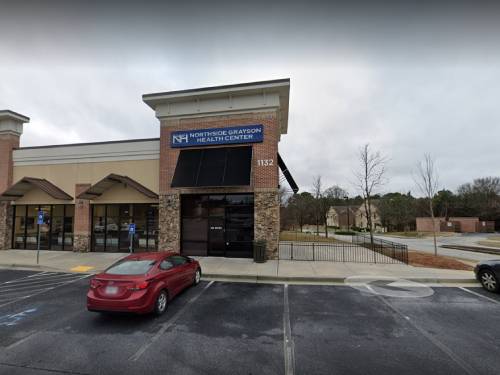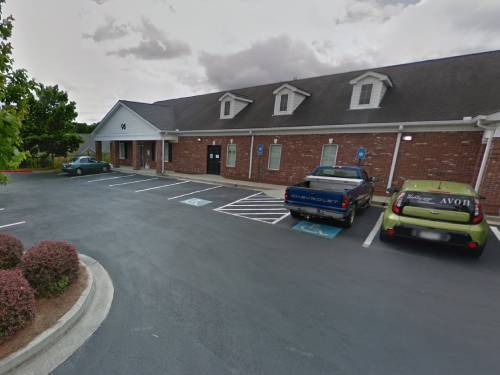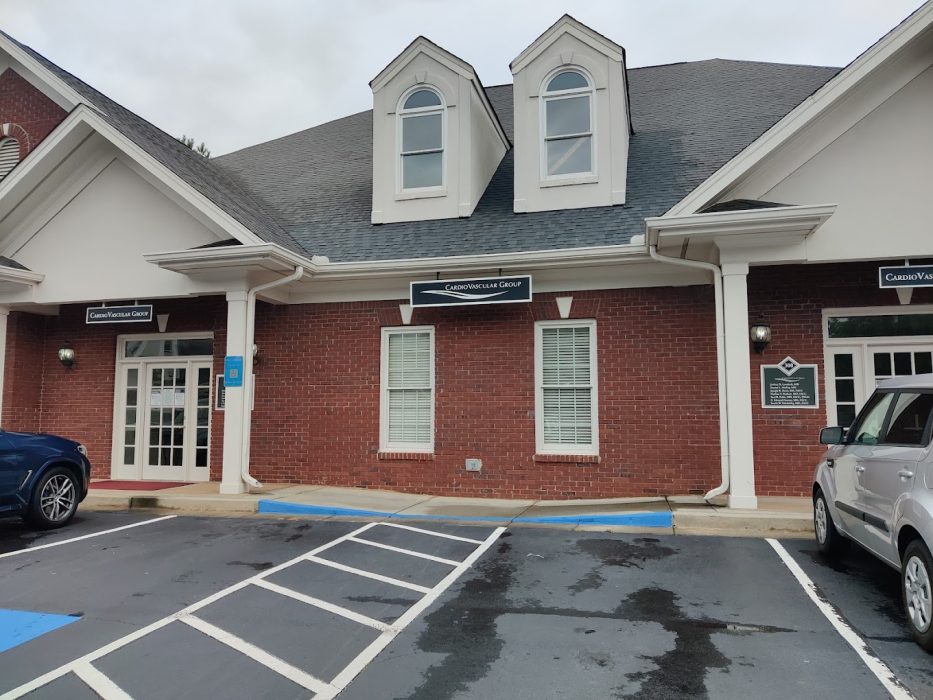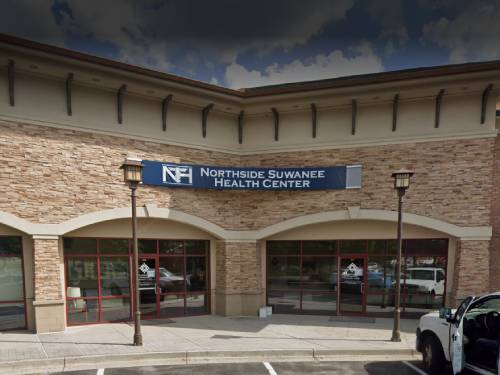High blood pressure, or hypertension, is one of the leading causes of death in many countries including Canada. This condition can lead to heart attacks, kidney failure, stroke, and it can even be linked to sexual dysfunction and dementia. However, high blood pressure can be prevented or managed to avoid these problems.
The first step to taking care of your blood pressure is understanding what the symptoms of high blood pressure are, what heathy levels are and who is at risk. Since May is National High Blood Pressure Education Month, here is what you need to know about blood pressure.
What is National High Blood Pressure Education Month?
National High Blood Pressure Education Month, an initiative sponsored by the CDC, is a time to raise awareness of the effects of high blood pressure. This observance always takes place in the month of May, with the goal of reducing death and disability caused each year by hypertension. There are many things the general public may not know about high blood pressure if they have never experienced it. the goal of the CDC is to educate people about these less-known, but crucial facts.

Low vs High Blood Pressure Levels
Blood pressure comes from two separate forces: The systolic pressure, which occurs when blood pumps out of the heart, and the diastolic pressure, which occurs when the heart rests between beats. These two forces are represented by the two numbers seen on blood pressure readings. Both of these numbers are important to look at when taking your blood pressure. A healthy blood pressure reading is anywhere between 90/60 and 120/80. If the reading is below 90/60, it is a sign of low blood pressure. While low blood pressure may seem harmless, it can cause dizziness, fainting and increase people’s risk of injury if lowered too much.
When blood pressure is between 120/80 and 140/90, it is still considered “normal” but not ideal. People who have blood pressure in this range can typically make slight lifestyle changes to lower their blood pressure. High blood pressure is classified as 140/90 or above. Individuals in this range typically need to make serious lifestyle changes and also take prescription medications to get back to a healthy range and avoid negative effects of hypertension.
Surprising Facts About Blood Pressure
Getting your blood pressure checked regularly to ensure it is within the healthy range is crucial. Many people with high blood pressure exhibit no symptoms and are not aware they have the condition. In fact, approximately 11 million people in the U.S. are living with hypertension and are not receiving treatment because they believe they are fine. This is why high blood pressure is often referred to as the “silent killer.”
Additionally, it is not only middle-aged and elderly adults who suffer from high blood pressure. Children and teenagers can develop the condition as well. Other people who are at an increased risk include women and African Americans.
For tips on how to lower your blood pressure, visit our blog or schedule an appointment today.




